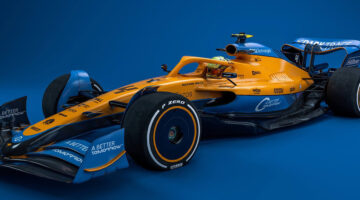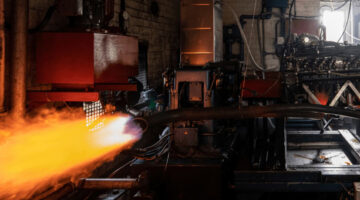Have career numbers really made a difference in Formula 1?
[Not a valid template]The Australian Grand Prix marked the debut of several items of note for Formula 1 – 1.6-litre turbocharged V6 engines; re-designed noses; Energy Recovery Systems; Danish superstar Kevin Magnussen; and Daniel Ricciardo (briefly) on the F1 podium. And, of course, career numbers in F1. Passing judgment on the latter seems a trifle harsh after just one chaotic opening race, but am I alone in wondering whether this new incentive has made any difference outside merchandising? Were fans at home for instance able to tell one Lotus apart from the other or one Sauber from its sister entry?
I personally believe driver-specific numbers – slave as I am to the purity of F1 – is a good thing, since the significance of driver helmet designs has weakened significantly. In ‘the good old days’, amidst a sea of sponsorship decals, new team liveries and brand awareness, a driver’s helmet was the last bastion of personal identity in F1 corporate circus. The colours of each denoted national pride (the Saltire design remained with Scotland’s David Coulthard across 247 Grand Prix weekends), a link to their roots (father and son combo Graham and Damon Hill both famously wore the colours of the London Rowing Club) or just simple convenience: Lewis Hamilton’s bright yellow helmet design, in-part a tribute to his hero Ayrton Senna, was distinctive so that father Anthony could always see his son on the go-kart tracks. During post-war Grand Prix racing, and during the height of its danger, helmet colours even doubled as lucky charms: it’s no coincidence, many believe, that Alberto Ascari inexplicably swapped his trademark light blue helmet for a white one the day he perished during testing at Monza in 1955.

Compare this with today’s F1, where helmet designs more often than not laud team loyalty, pay homage to the race being competed in, or have been designed by fans/viewers alike. Jenson Button now traditionally wears a Nissh?ki inspired helmet at Suzuka in deference to Japanese fiancée Jessica Michibata, Kimi Raikkonen’s stripes have transferred seamlessly from black to red (Lotus to Ferrari), and we’ve long since lost hope that Herr Vettel will re-use a design, race-to-race. Handy for marketing specialists but not what you’d call ‘personal’.
With career numbers though returns individuality. Of sorts. Nico Rosberg’s dominant victory in the Mercedes-Benz W05 F1 and Daniel Ricciardo’s awesome home town performance in the Red Bull Racing RB10 will surely have ingratiated many to number #6 and #3 respectively. Post-event. Diminutive and barely decipherable positioning on the cars during the event makes the problem of identifying one driver from another no less difficult, especially when said car is haring along at 250kph. And that’s only applicable for those receiving inordinate amounts of TV airtime: are you more likely for instance to remember Fernando Alonso’s #14 Ferrari or Max Chilton’s #4 Marussia?

It’s a cynical view I admit, and come the double points paying season finale in Abu Dhabi, Felipe Massa’s #19 may prove just as famous as Nigel Mansell’s Red 5 or Gilles Villeneuve’s #27. Well, once you’ve managed to track it down on the nosecone at least.
– Shots courtesy of David Benson



